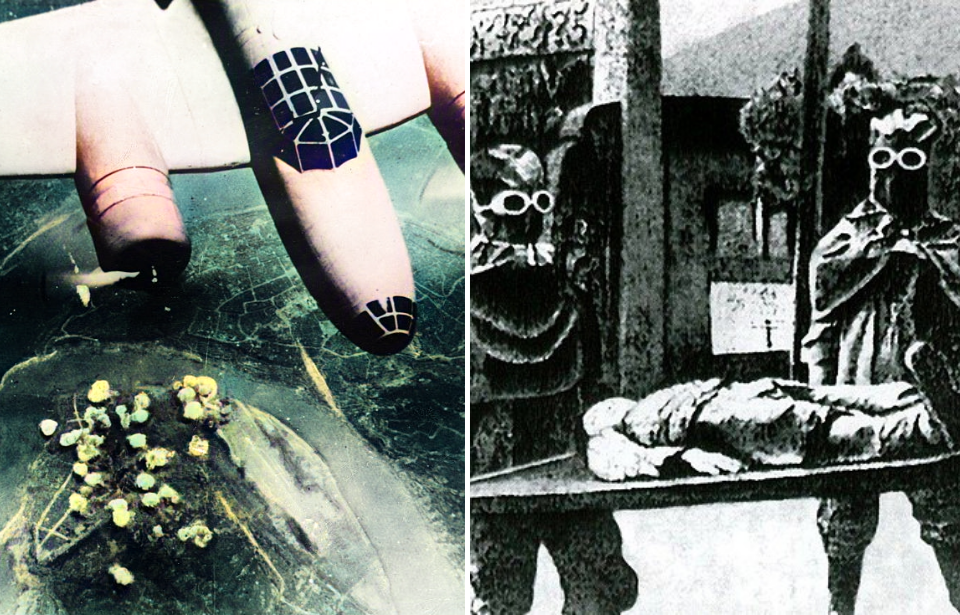The final stages of World War II were filled with bloody battles between the Japanese and the United States. With US forces gaining ground, the Japanese resorted to more drastic and deadly methods of attack. This included the use of biological warfare, and one particular mission, Operation Cherry Blossoms At Night, was targeted toward the western US.
As it turned out, their surrender meant the plan never moved forward.
Japan and the Second Sino-Japanese War
Operation Cherry Blossoms At Night was partially inspired by Japanese actions during the Second Sino-Japanese War. The Japanese dropped bombs filled with biological agents – plague-infested fleas and flour – on Chinese military members and civilians.
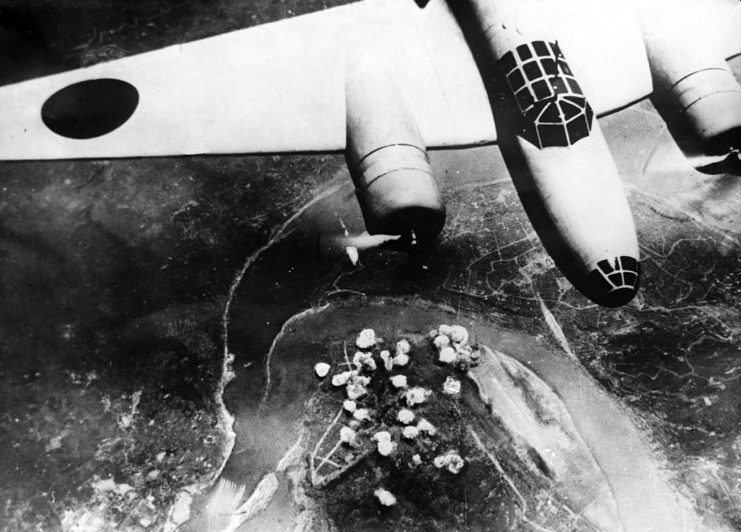
The bombs are estimated to have killed over 500,000 Chinese citizens, and played off the nation’s poverty. The bombs were contained within ceramic casings, which broke upon impact. The flour attracted rats, to which the plague-infested fleas adhered. From there, the rats spread the likes of the bubonic plague, small pox, cholera and botulism.
Unit 731 and Japan’s use of biological warfare during WWII
Unit 731 was the biological unit of the Imperial Japanese Army, located in Harbin, Manchukuo. Its director was Surgeon General Shirō Ishii, and its members were tasked with researching the affects of biological and chemical agents on test subjects, which sometimes included Allied prisoners of war.
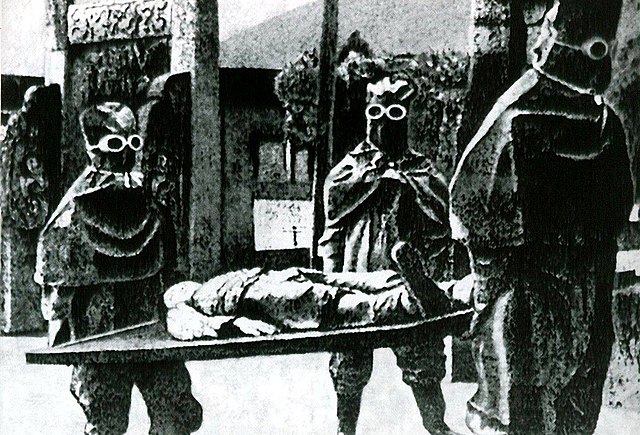
Operation Cherry Blossoms At Night wouldn’t be the first time the country used biological warfare against its enemies. During the campaign in the Philippines in March 1942, the Japanese contemplated releasing 90 kilograms (150 million) plagued fleas in 10 separate attacks. However, the American surrender in Bataan meant the plan wasn’t enacted.
Over two years later, in November 1944, Japan launched 9,300 incendiary and anti-personnel bombs carried in balloons, with their target being the continental United States. While on 200 managed to reach their destination, they managed to kill six civilians in Bly, Oregon, and crashed into a farm in Medford, Oregon. They also caused the power lines to short-circuit at the Manhattan Project‘s production facility at the Hanford site in Washington.
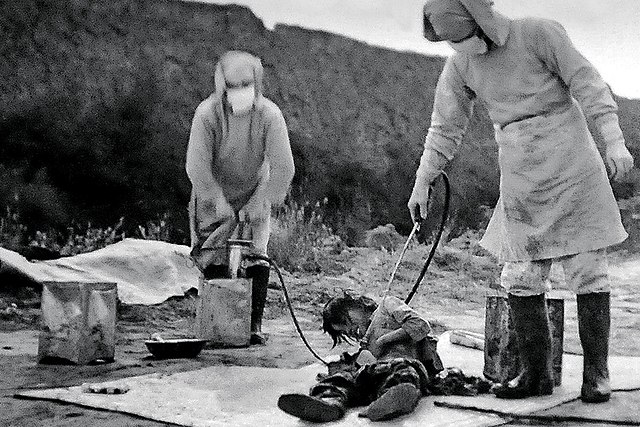
Their final plan before the 1945 operation was to occur during the Battle of Iwo Jima. The plan was to attack the American forces with gliders carrying pathogens, but they never reached their targets.
The I-400 submarine and the Aichi M6A Seiran float plane
Operation Cherry Blossoms At Night was vetoed by Chief of the Army General Staff Yoshijiro Umezu, as the Imperial Japanese Navy didn’t have enough I-400 submarines. However, as the situation worsened for the Japanese toward the end of the war, he found renewed interest in the plan.
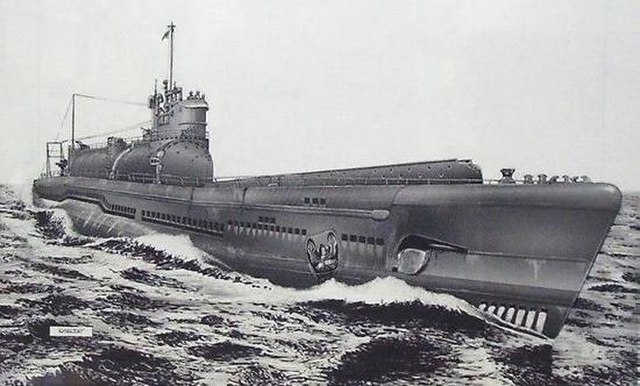
The plan was to launch Aichi M6A Seiran float planes from five I-400s and have them drop the bombs containing plague-infested fleas. The submarines were 400-feet-long, with a displacement of 6,600 tons and a crew of 144. Each one had the ability to carry eight 21-inch torpedo tubes, three triple-mount 25MM antiaircraft guns and a 5.5-inch deck gun. They also had twin-cylinder pressure hulls, and the I-401 was equipped with a snorkel.
The I-400 class had a hangar that could carry three Aichi M6A Seiran, which could launch via compressed air catapult. It took 30 minutes to launch of three, and only 15 minutes when launched without floats. However, this meant the planes could not be recovered by the submarines. When launched with the floats, it could be recovered via a crane installed on the I-400.
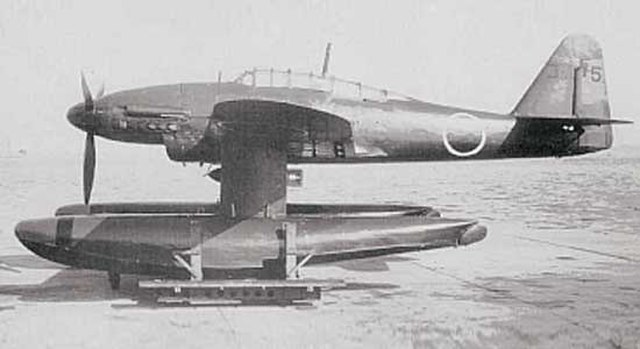
The Seiran was specially designed for the I-400, and its existence was so heavily protected that the Allies were not aware of their existence until after the war. They could fly at 295 knots, fast for a float plane, and had a maximum range of 641 NM. Manned by a crew of two, they could carry one Type-91 torpedo or the equivalent weight in bombs.
Japanese surrender
Operation Cherry Blossoms At Night was thought up by Commander-In-Chief of the Combined Fleet Admiral Isoroku Yamamoto, as way to attack both the east and west coasts of the US. It initially involved 18 I-400 submarines, but after Yamamoto was killed in action, the planned was scaled down to five. By the end of the war, only three had been constructed.
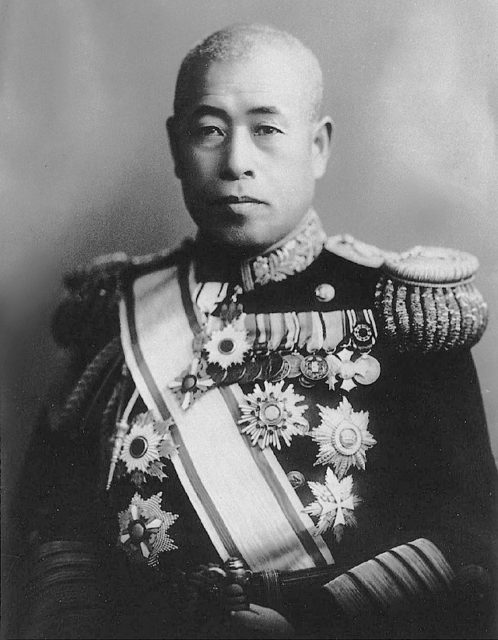
The plan called for five I-400 submarines to cross the pacific with their Aichi M6A Seiran. It was a one-way kamikaze mission, as the planes were also instructed to crash into their target cities. The first city to be hit: San Diego.
Operation Cherry Blossoms At Night was set to take place on September 22, 1945. However, over a month earlier, on August 15, 1945, the Japanese announced its plans to surrender, and the agreement was formalized on September 2, 1945.
Before the surrender occurred, the Japanese Army ordered that all submarines destroy all sensitive equipment on board. As a result, each I-400 and I-401 submarine fired their torpedoes and catapulted their float planes without unfolding their wings, sending each one to the bottom of the ocean.
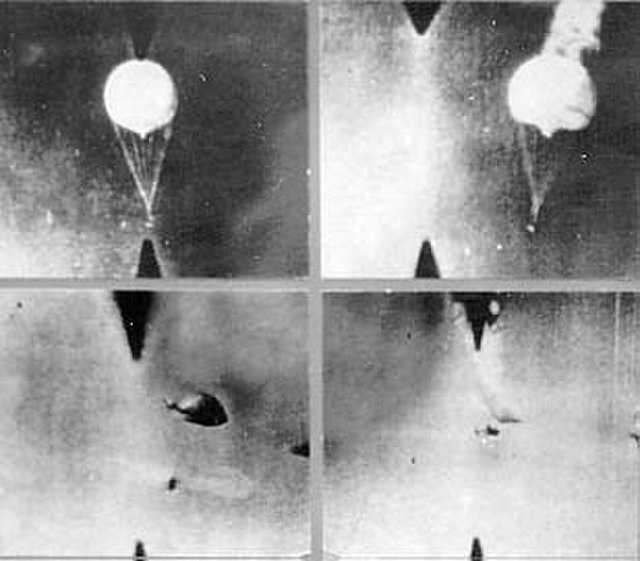
While the plan was to destroy each I-400 submarine, the US Navy was able to capture three for study.
Could the plan have been successful?
Historians debate over whether or not Operation Cherry Blossoms At Night could have actually succeded. The overall consensus is it likely couldn’t have occurred, due to a number of factors. The first was that the Japanese couldn’t have constructed the number of I-400 submarines needed to complete the task, due to a shortage of materials.
Additionally, it would have been difficult for the Japanese Navy to advance toward the US without being detected. The US Army was proficient in its code-breaking and radio intelligence, meaning that by the last few months of the war, few Japanese sea vessels could leave port without the US Navy knowing.
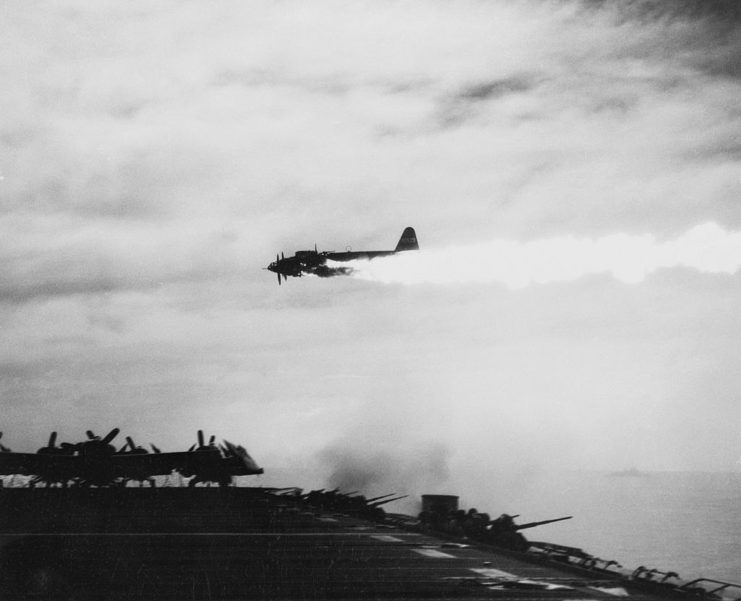
If the Japanese had succeeded in advancing toward the US, the effects on the population would have differed to that seen in China. This is due to a number of reasons, including a less dense population and the fact that the US had better medicine and sanitization. Despite this, it would have succeeded on a psychological level, and the Japanese would have used it for propaganda.
